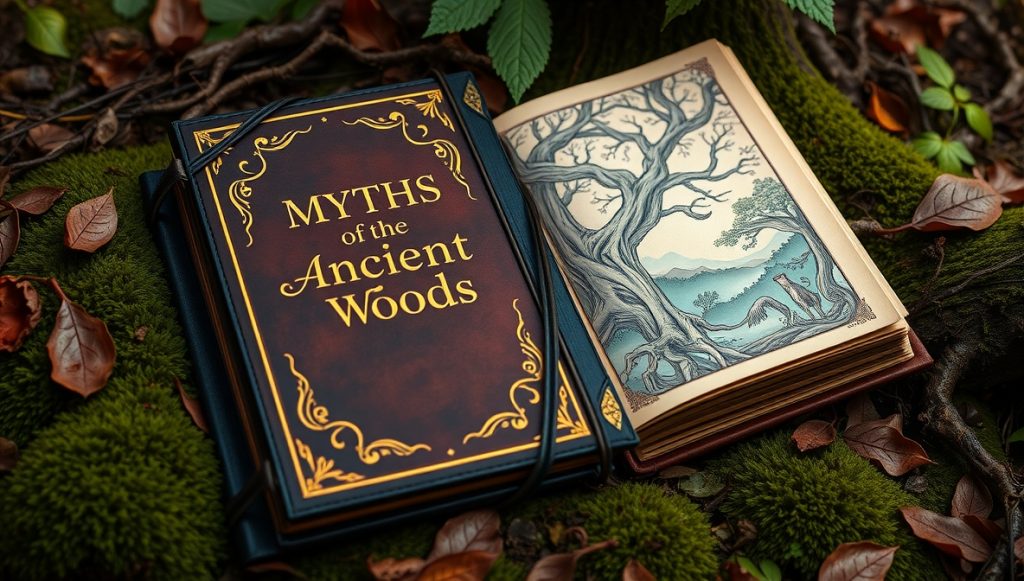

Throughout human history, trees and wood have been more than just raw materials — they’ve been sacred, symbolic, and even alive in the minds of storytellers. In myths from around the world, From the March of the Ents, to the Holy Grail, wood becomes a threshold between worlds, a vessel of power, and a source of deep wisdom. Here are three enduring myths where wood takes centre stage, revealing the spiritual and cultural weight it has carried across time.
In Norse mythology, the universe is held together by a massive ash tree known as Yggdrasil. This mythical tree stretches across the nine realms of existence, its branches touching the heavens and its roots winding deep into the underworld.
Yggdrasil isn’t just a symbol — it’s a living entity that connects gods, humans, giants, and the dead. The gods hold their councils under its branches. Beneath it lies the well of wisdom, guarded by Mímir. Even Odin, the all-father, sacrificed himself upon Yggdrasil — hanging from its limbs fornine nights to gain knowledge of the runes.
Yggdrasil speaks to the idea of wood as not just matter, but as structure — the framework of existence. It’s a symbol of endurance, memory, and the mystical threads that bind all things.
In ancient Greece, long before temples were carved of marble, people listened to the whispers of oak trees. The oldest oracle in Greece was not a person, but a sacred oak at Dodona, dedicated to Zeus. Pilgrims would come from all over to hear the divine will spoken through the rustling leaves or the sounds of doves nesting in its branches.
Priests interpreted these messages, believing that Zeus spoke through the tree itself. Even when the shrine was later formalized with structures, the oak remained the central channel of divine communication.
This myth roots the sacred in the natural. It reminds us that wood is not only useful, but historically revered — something to listen to. The idea that a tree could speak suggests that nature once held a voice we were meant to hear.
While more modern, the story of Pinocchio has mythic undertones. First published in 1883 by Carlo Collodi, it tells the story of a wooden puppet brought to life — carved by the humble Geppetto, animated by magic, and destined to become a “real boy” through bravery and self-discovery.
Pinocchio is more than a fairy tale. He’s a symbol of transformation, potential, and the soul hidden in the grain of something seemingly inanimate. The story draws on ancient themes of animism — the belief that objects, especially natural ones, have spirit or consciousness.
Why it matters:
Here, wood is literally the material of transformation — inert, yet capable of becoming human. It’s a story about the bridge between the natural and the human, and the moral growth that animates us.
Wood has always been more than timber. It’s the stuff of worlds, omens, and metamorphosis. These myths reveal how deeply people have projected life and mystery onto the materials around them — especially those that grow, whisper, and endure in silence for centuries.
At Fairytale Wood, we believe that stories live in the grain. Maybe that’s why people keep returning to wooden objects: they carry the quiet weight of myth, of the stories of time, in the flow of every curve and ring.
© 2025- This website was designed and created by Fairytale Wood Katarzyna Thornborrow, all rights reserved.
Welcome! Fairytale Wood ships to Poland and throughout the European Union ONLY at this time. Dismiss